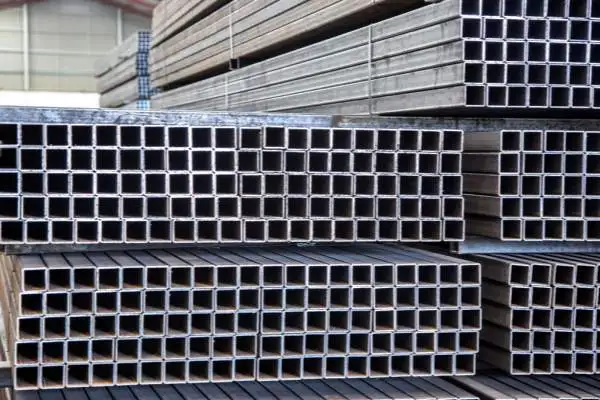There is a clear but complex relationship between the price and quality of stainless steel seamless pipes. While higher prices often suggest better quality, the two are not always directly proportional. A deeper understanding requires examining multiple influencing factors. Based on industry experiece, Super Steel Manufacturing Co., Ltd summarizes the key elements that affect both price and quality.
Super Steel Manufacturing Co.,Ltd is professional carbon steel elbow manufacturer, for more details, please contact:sales@super-steels.com
1. Material Composition and Its Impact on Price
Material Grade: Stainless steel comes in various grades, each with distinct chemical compositions and properties. For instance:
304 stainless steel is widely used and moderately priced.
316L or 316Ti, containing molybdenum or titanium, offer enhanced corrosion resistance and command higher prices.
Duplex and super austenitic stainless steels are even more expensive due to their superior performance in extreme conditions.
Smelting Process: Even within the same grade, the production method affects both cost and quality. Advanced techniques like electroslag remelting (ESR) yield cleaner, purer, and more reliable steel but at a higher cost.
2. Production Process and Its Influence on Pricing
Manufacturing Method:
Hot-rolled (extruded) pipes and cold-drawn (rolled) pipes differ in both production cost and final quality.
Cold-drawn pipes are more costly to produce but offer better dimensional accuracy and surface finish.
Precision Requirements:
Pipes with higher dimensional tolerances or surface treatments—such as polishing, honing, or ultra-fine finishing—require more complex processing, raising production costs and, consequently, the price.
3. Surface Treatment and Cost Variation
Surface Finish Types:
The appearance and treatment of the pipe's surface—whether pickled, polished, brushed, or mirror-finished—have a direct impact on pricing.
For example, mirror-polished pipes typically cost more than those with a standard pickled finish due to the additional processing involved.
4. Specifications, Dimensions, and Their Role in Pricing
Diameter and Wall Thickness:
Larger diameters and thicker walls increase material consumption and production difficulty, leading to higher prices.
Length:
Pipes cut to fixed lengths are usually more expensive than random-length products, as they require additional cutting and inspection steps.
5. Market Conditions: Supply, Demand, and Raw Material Costs
Supply and Demand:
Market dynamics greatly affect prices. When demand surges and supply tightens, prices rise. The opposite is true in oversupply conditions.
Raw Material Prices:
The cost of key alloying elements like nickel, chromium, and molybdenum fluctuates regularly, impacting the final price of stainless steel products.
Other Costs:
Energy, labor, logistics, and environmental compliance also contribute to overall pricing.
6. Brand Reputation and Price
Brand Premium:
Pipes from well-established brands tend to cost more, but they also offer greater assurance in terms of quality control, reliability, and after-sales service.
7. Price vs. Quality: A Balanced Perspective
No Direct Proportionality:
While high-quality pipes are typically more expensive, not every high-priced product is high quality. The market includes inflated prices and inferior products marketed as premium.
Value for Money Matters:
When selecting stainless steel seamless pipes, focus on cost-performance ratio—considering material, process, specifications, and surface treatment—rather than price alone.
8. How to Avoid Overpaying for Inferior Quality
To ensure you're getting what you pay for:
Buy from reputable manufacturers and suppliers with proper certifications and a track record of quality.
Request quality assurance documents, including product certificates and test reports to verify specifications and standards.
Conduct basic inspections such as appearance checks, dimensional measurements, and material identification when possible.
Compare multiple sources before purchasing to understand market pricing and avoid being overcharged.
Conclusion
The relationship between price and quality in stainless steel seamless pipes is closely linked but not absolute. High-quality pipes generally cost more, but price alone isn't a reliable indicator of quality. To make an informed purchase, users should evaluate a combination of material composition, production process, brand reliability, and overall value.
Avoid being misled by unusually low prices that may indicate substandard products, and don't assume high prices automatically guarantee premium quality. Choose trusted suppliers, verify product details, and prioritize cost-effectiveness to ensure you receive reliable, high-performance stainless steel seamless pipes.



 English
English Español
Español Français
Français بالعربية
بالعربية





















